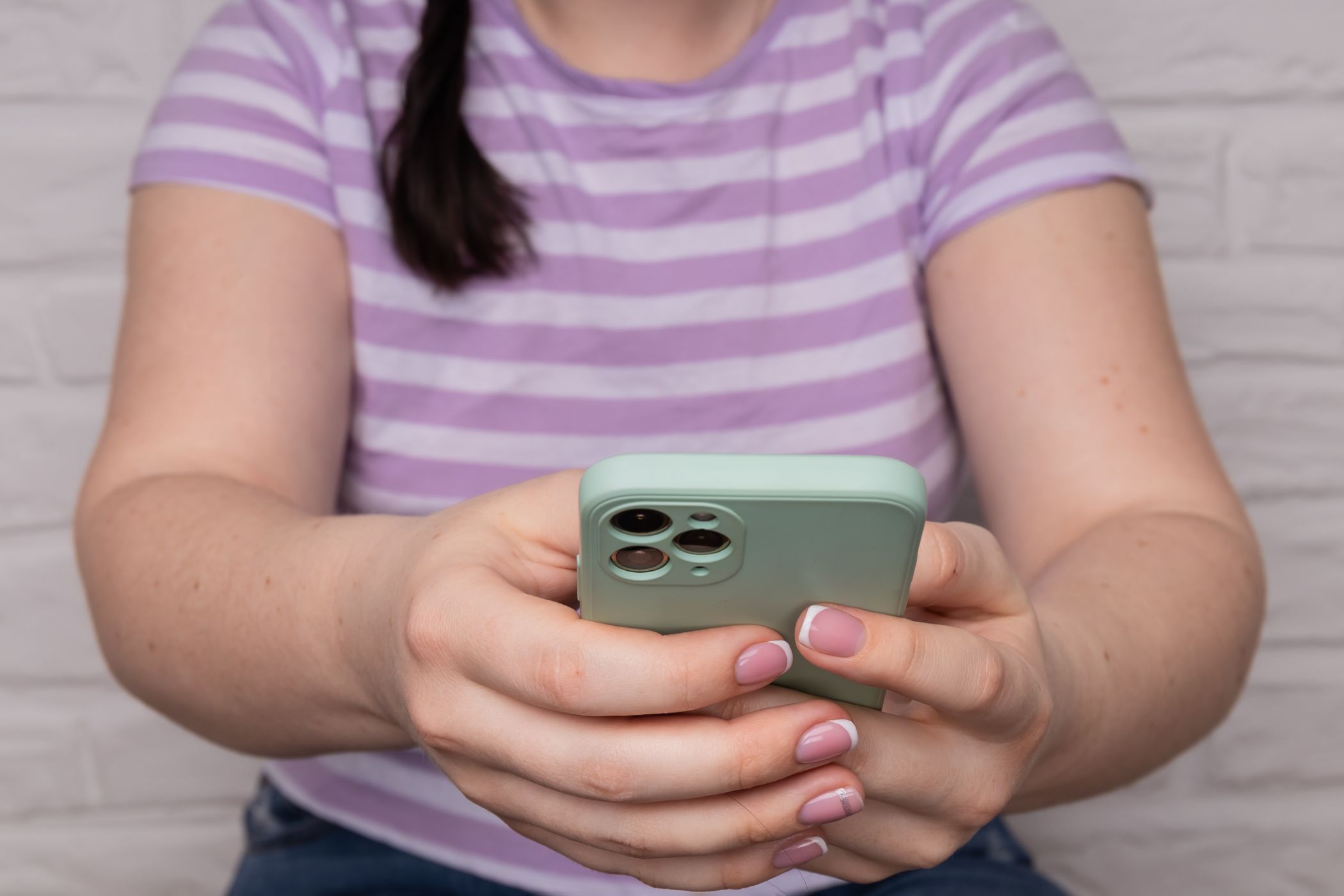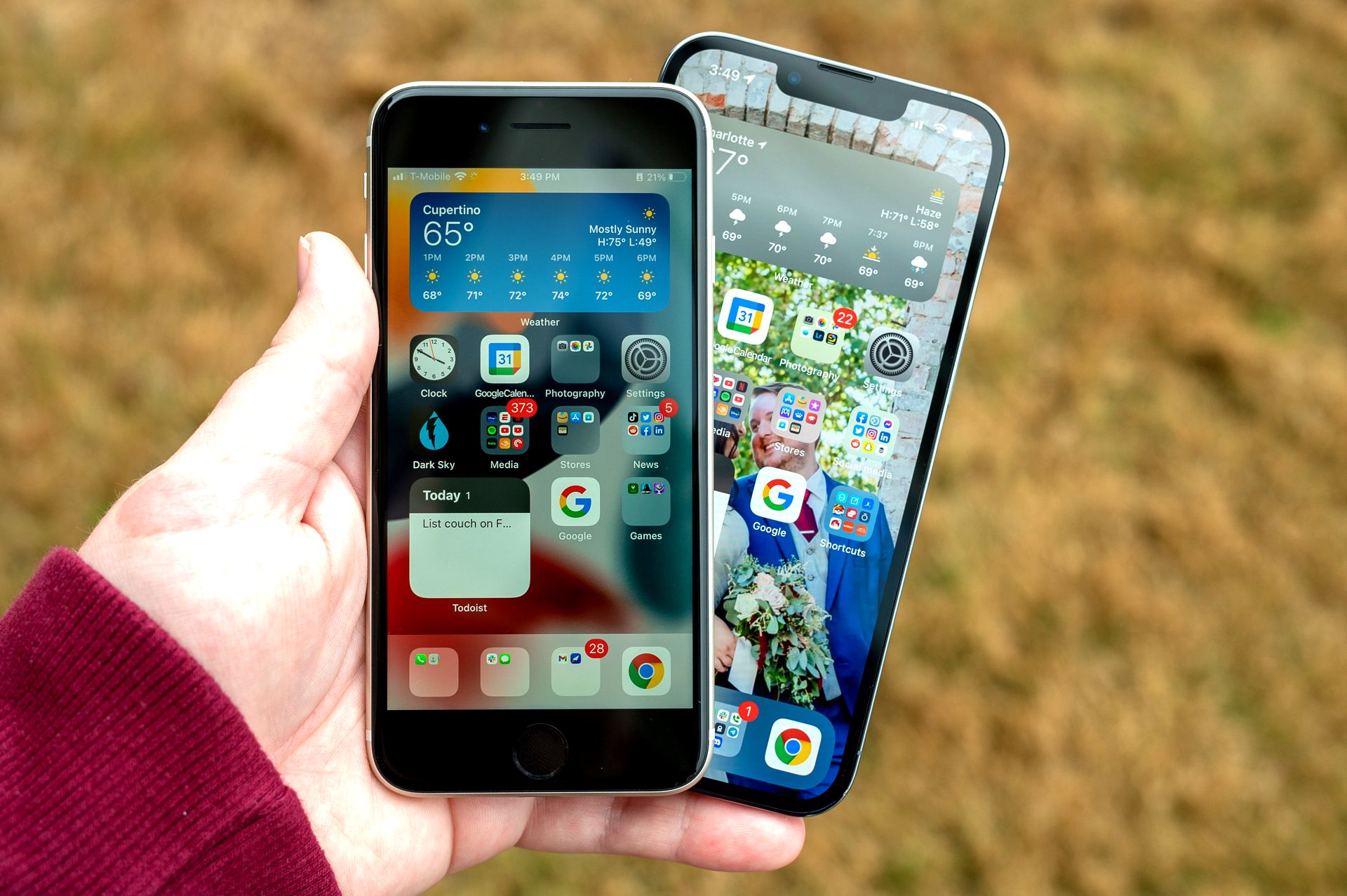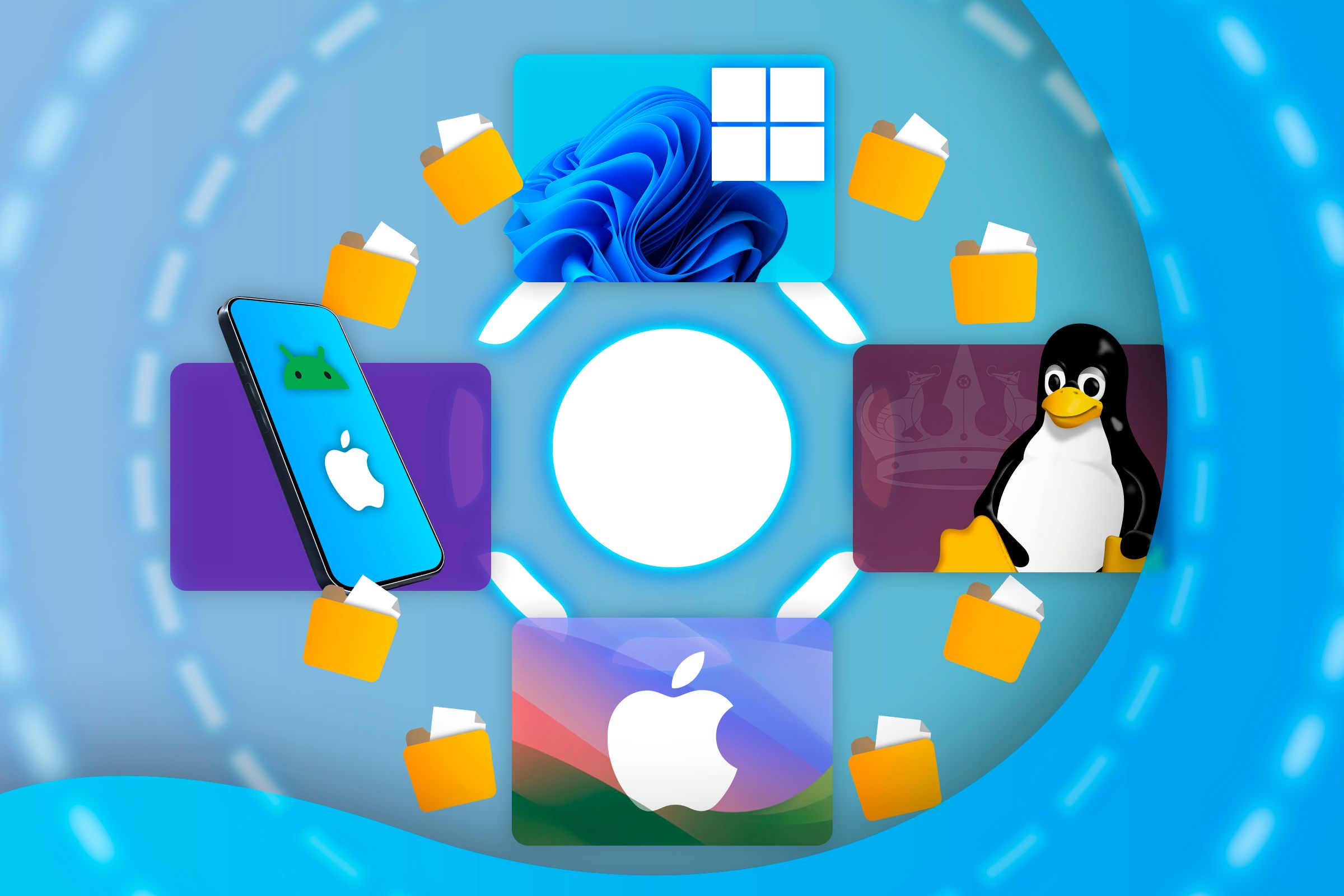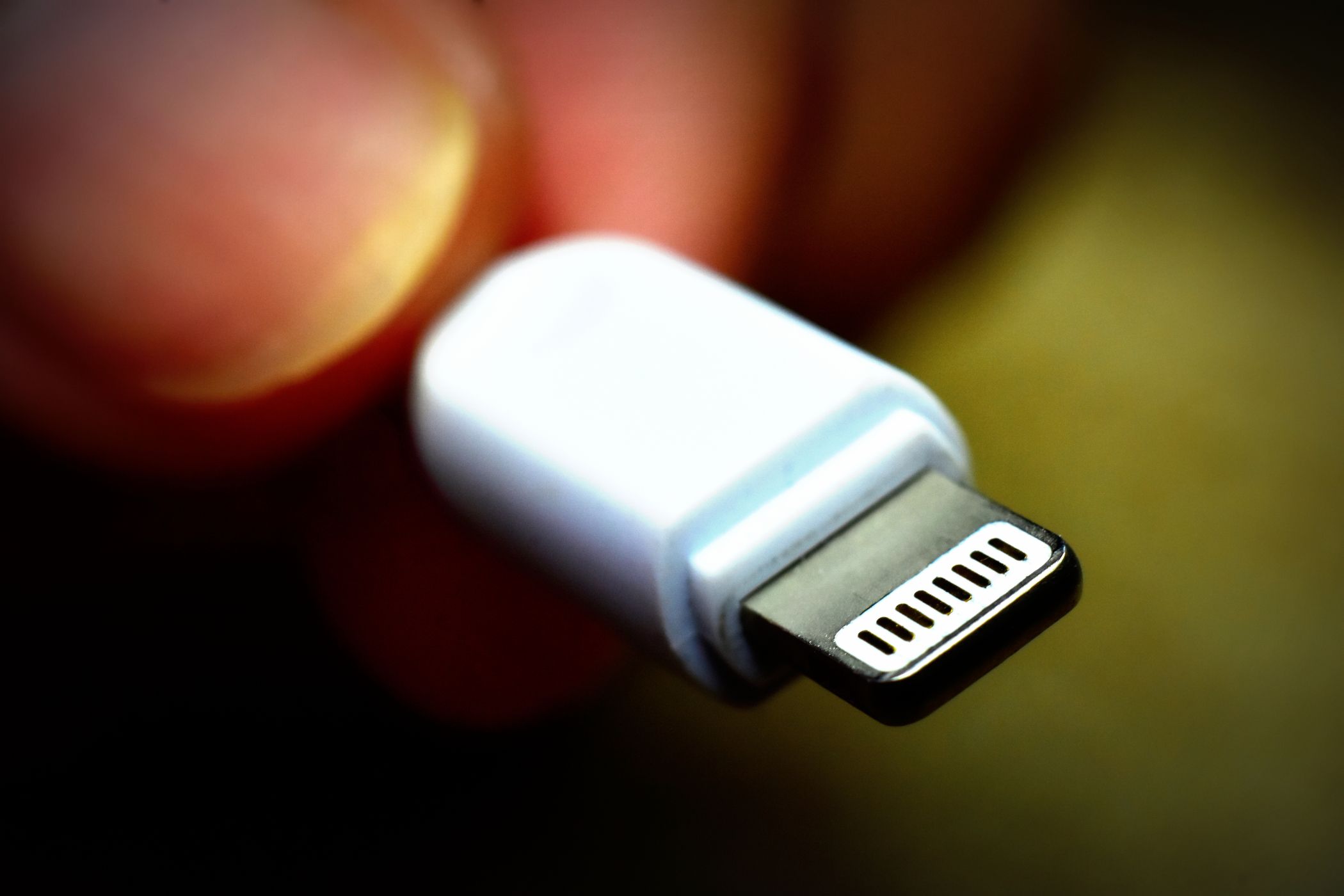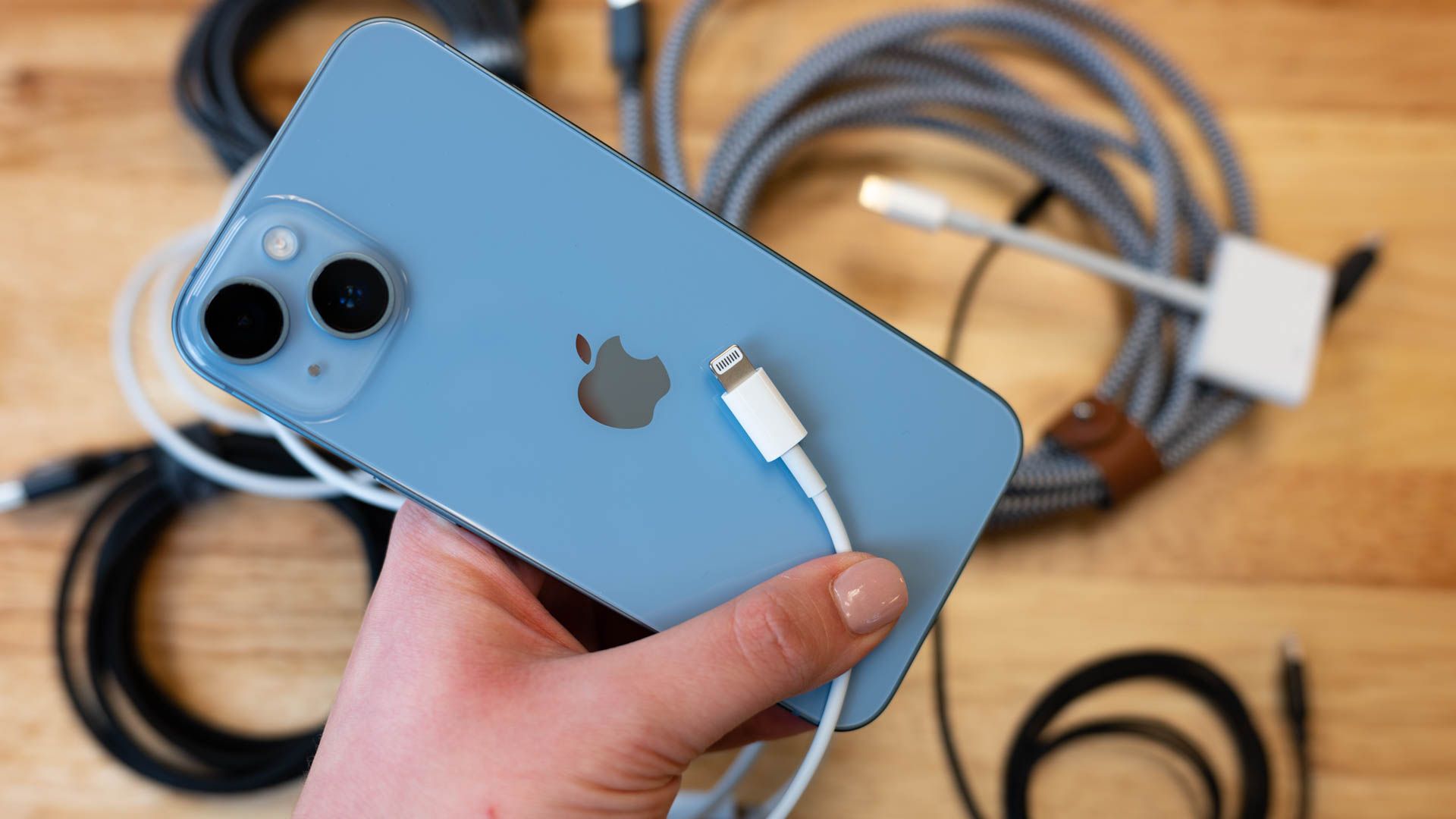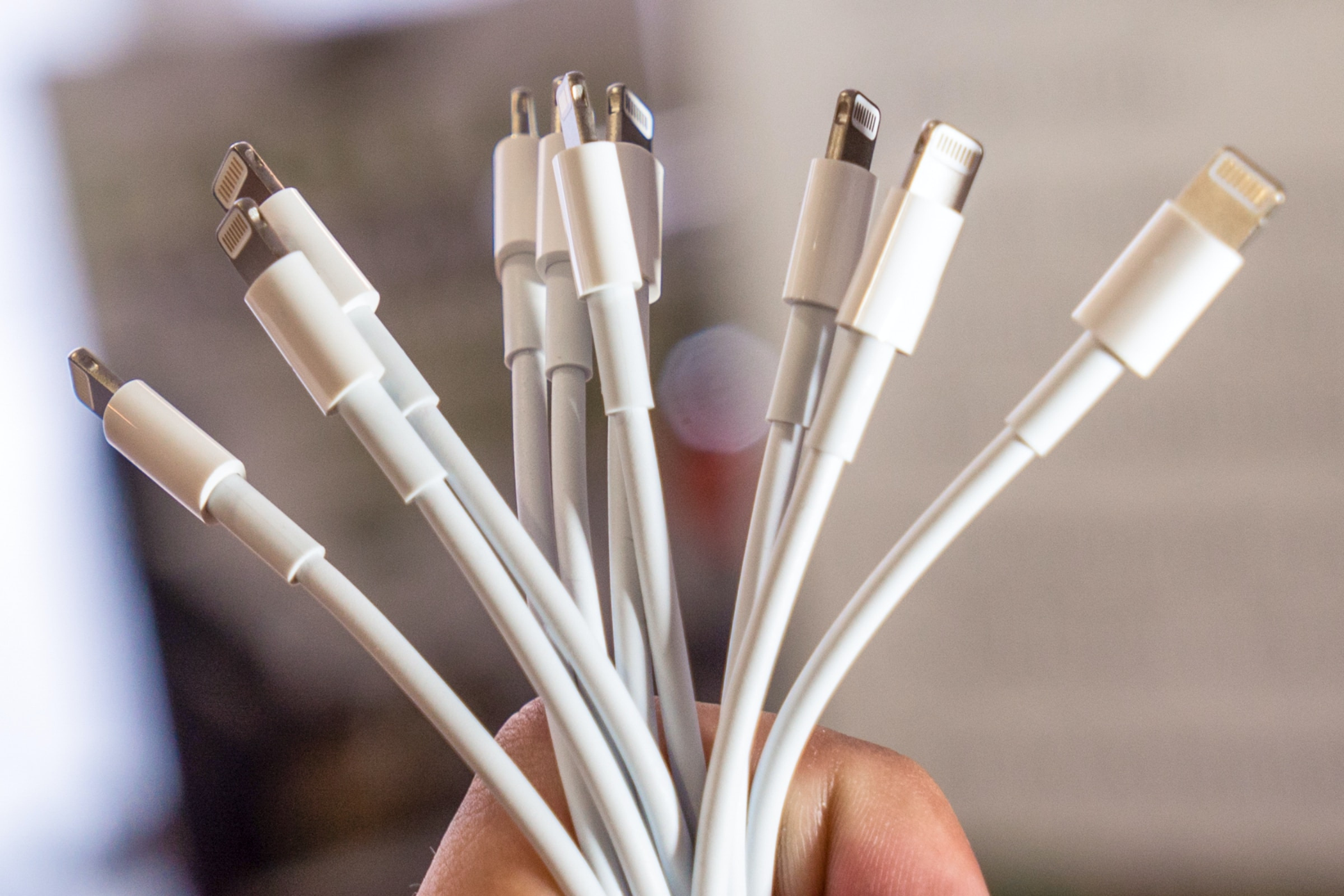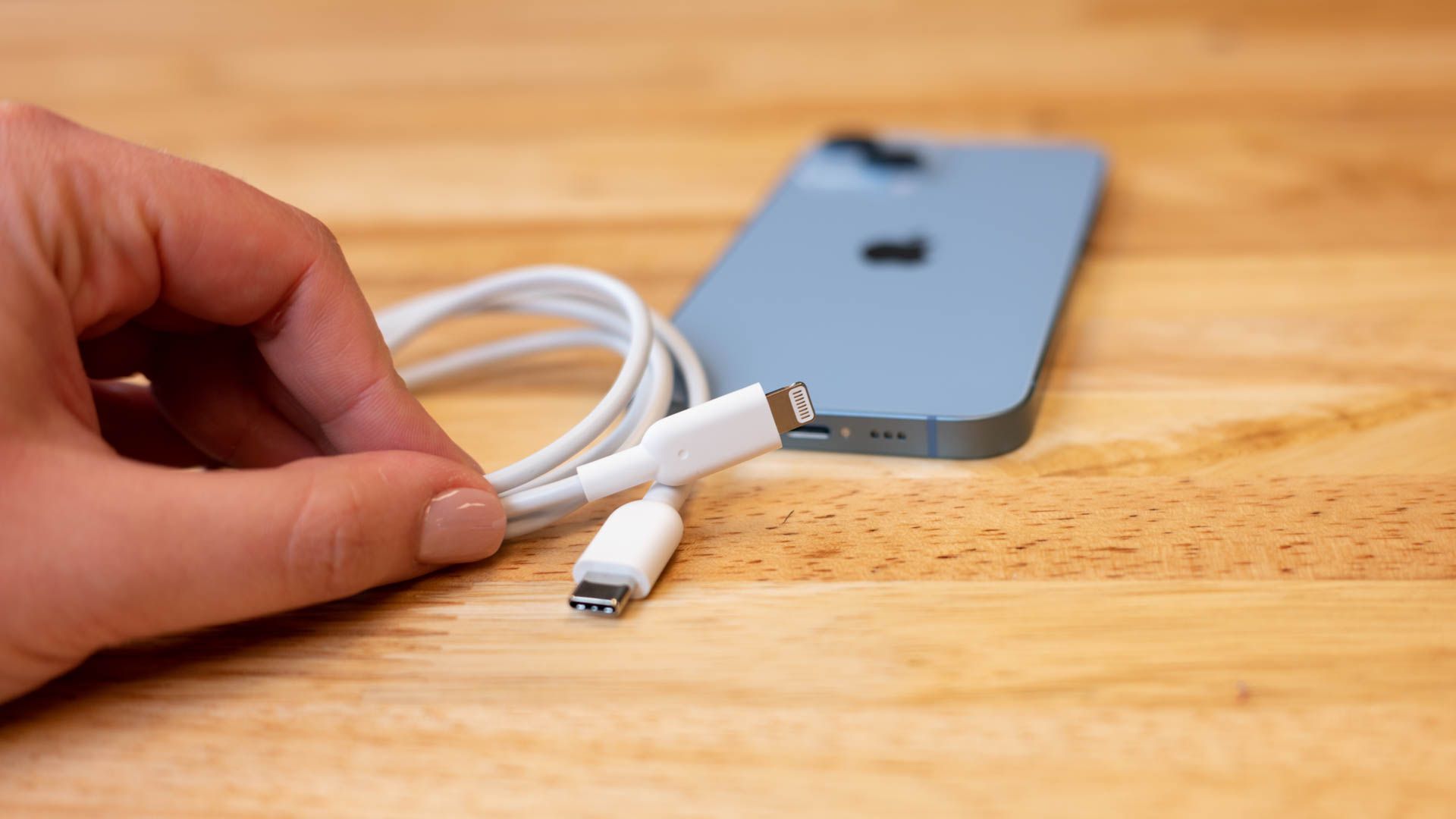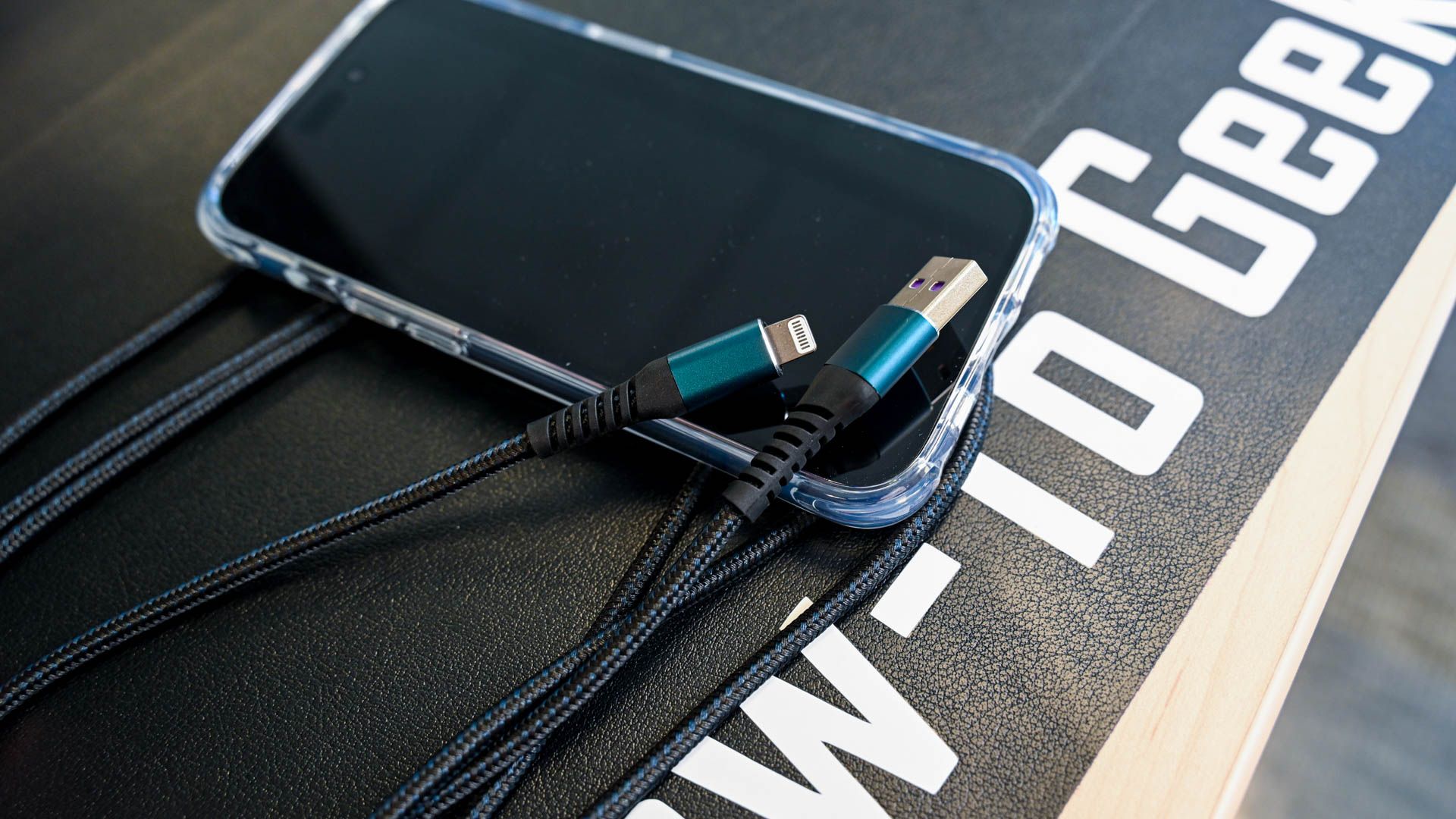Got a USB-C iPhone? Here’s What to Do with Your Old Lightning Gear
iPhone
Quick Links
-
Use Your Lightning Cables With Older Devices
-
Get a USB-C to Lightning Adapter
-
Sell All Your Lightning Gear
-
Hand Them Down or Donate Them
-
Dispose of Them Responsibly
Key Takeaways
- Keep older Lightning cables as a backup for older Apple devices like iPads or AirPods.
- Consider investing in a USB-C to Lightning adapter for devices that have a USB-C port, like the iPhone 15.
- Other options include handing down your Lightning gear to someone else, donating it, or recycling it responsibly.
If you’ve recently upgraded to the iPhone 15 (or a newer model) with a USB-C port, you’re probably wondering what to do with your old Lightning accessories. Here are five ideas for what you can do with them.
Use Your Lightning Cables With Older Devices
You might have upgraded your iPhone, but what about the accessories you own? There’s a good chance many of them still need a Lightning cable. You should probably hold on to some spare Lightning cables for a while. Let’s face it: Apple doesn’t make the best-quality cables out there, and more often than not, the one provided in the box breaks before you upgrade the device (and get a new one).
Suppose you have an old iPad or the first-generation AirPods Pro. In that case, you’d want to keep a spare pair of Lightning cables in case the one you already have breaks so you can save yourself $19 that could otherwise go to Apple for the USB-C to Lightning Cable (1m).
Get a USB-C to Lightning Adapter
If most of your Apple devices already have a USB-C port, and you’ve also got a USB-C iPhone, get Apple’s USB-C to Lightning Adapter for $29 or find a third-party adapter for less. They are available at a lower price on Amazon, like the $9.99 Temdan Lightning to USB-C Adapter (pack of four) or the $9.99 Xiwxi adapters (pack of four).
These adapters will help you make your charging cables, headphones, or other Lightning-supported adapters, like Lightning to SD Card or Lightning to USB camera, work with the USB-C iPhone. Remember that only the Pro models support high data transfer speeds (up to 10 Gbps). Make sure to check out our list of the best Lightning to USB-C adapters of 2024.
It is important to mention that Apple’s adapter comes in a cable-like design: the USB-C plug and the Lightning socket are spaced apart, connected by a cable in the middle. On the other hand, the third-party options are more compact: they have the plug and socket in the same housing that fits onto one end of your Lightning cable.
You can just leave it plugged in as it converts the Lighting cable to a USB-C charge cable, eliminating the need to attach and remove the adapter every time you need to charge your USB-C iPhone (or any other Apple device for that matter).
Sell All Your Lightning Gear
If you have a bunch of Lightning accessories lying around trhe house, and you’re absolutely sure you can’t find any good use for them, consider selling them all at once. It may be difficult to find a buyer at first, but you can post an ad on platforms like Facebook Marketplace, eBay, or Craiglist to get some reasonable offers.
Let’s say you have two USB-C to Lightning cables, EarPods with a Lightning connector, and a USB-C to Lightning adapter. These items would cost someone $106 if purchased from the official Apple website.
Now, since you already have the Lightning gear, and someone might need them for their Lightning-based ecosystem of devices, you can easily sell them for around $50 (or maybe even more) and use the money to get new USB-C accessories. Yes, you’d have to put in some money, as the new cables and adapters will cost you almost as much as the older ones did, but at least you didn’t let your old cables go to waste.
If you’re on a budget, consider buying well-rated third-party accessories. For instance, this Amazon Basics USB-C to USB-C 2.0 cable and the JSAUX USB-C to 3.5mm adapter cost around $7 each. For those who want a new wired earphone for their iPhone 15 (or a newer model), a $12.99 headphone (pack of two) could be an excellent option.
Hand Them Down or Donate Them
Most of us have a friend who uses an old and damaged Lightning cable just to avoid getting a new one. If you happen to know someone like that, or perhaps a sibling or partner that uses an older Apple device with a Lightning port, consider giving them your Lightning cables, EarPods, or any other adapters you may have.
This would not only save them some money but could also be a contribution toward the environment. You’d prevent the cables, earbuds, and other accessories from becoming e-waste while saving some packaging material.
If you can’t find someone in your circle to make good use of your Lightning gear, consider donating them to charity or someone else in need. You can inquire about any ongoing donation drive at a local hardware or electronics store, or perhaps you can enter into an arrangement with the store owner about handing over the cables and peripherals to someone in need.
Alternatively, you can look for Science, Technology, Engineering, and Mathematics (STEM) programs often run by schools associated with non-profits (via Family Handyman). Such programs appreciate any old wires, chargers, or other cable cords and use them for educational purposes.
Dispose of Them Responsibly
While recycling could be a choice for owners with functional Lightning gear, it should be the only option when these accessories aren’t working. Yes, it takes more effort than simply throwing away outdated or faulty peripherals, but given that e-waste is the fastest-growing solid waste stream, it’s a good idea to look for recycling outlets instead of contributing to landfill.
For instance, Best Buy has a comprehensive recycling program, accepting up to three items per household per day. You can hand over your cables, connectors, hands-free headsets, and other electronic devices like computers, monitors, and smartphones at retail stores. To make their recycling services more accessible, Best Buy also released a Recycle-By-Mail service, which allows you to purchase a box from the company’s website.
Thereafter, you can pack the box with the items you want to recycle (there’s a weight limit in place), wrap up the box with the provided tap, and stick it on the UPS shipping label to set the box on its journey to one of the Best Buy stores.
Goodwill runs a recycling program wherein your electronics (or other accessories) are refurbished or recycled responsibly. The website mentions that the program accepts several devices, such as desktops, iPads, monitors, power cords, chargers, and cables.
Unlike Best Buy, Goodwill also offers free on-site pickup of business or commercial computers if that interests you. You can also perform a quick Google search to find service providers in your area and get in touch by filling out a form on their website, calling the mentioned contact number, or texting them on their social media handles.
If you have an old iPhone that you keep for emergencies, make sure you keep at least one compatible (Lightning) cable to charge it should you need it. Alternatively, if you have a whole drawer full of old iPhones consider recycling them all responsbly after you’ve wiped your personal information.









